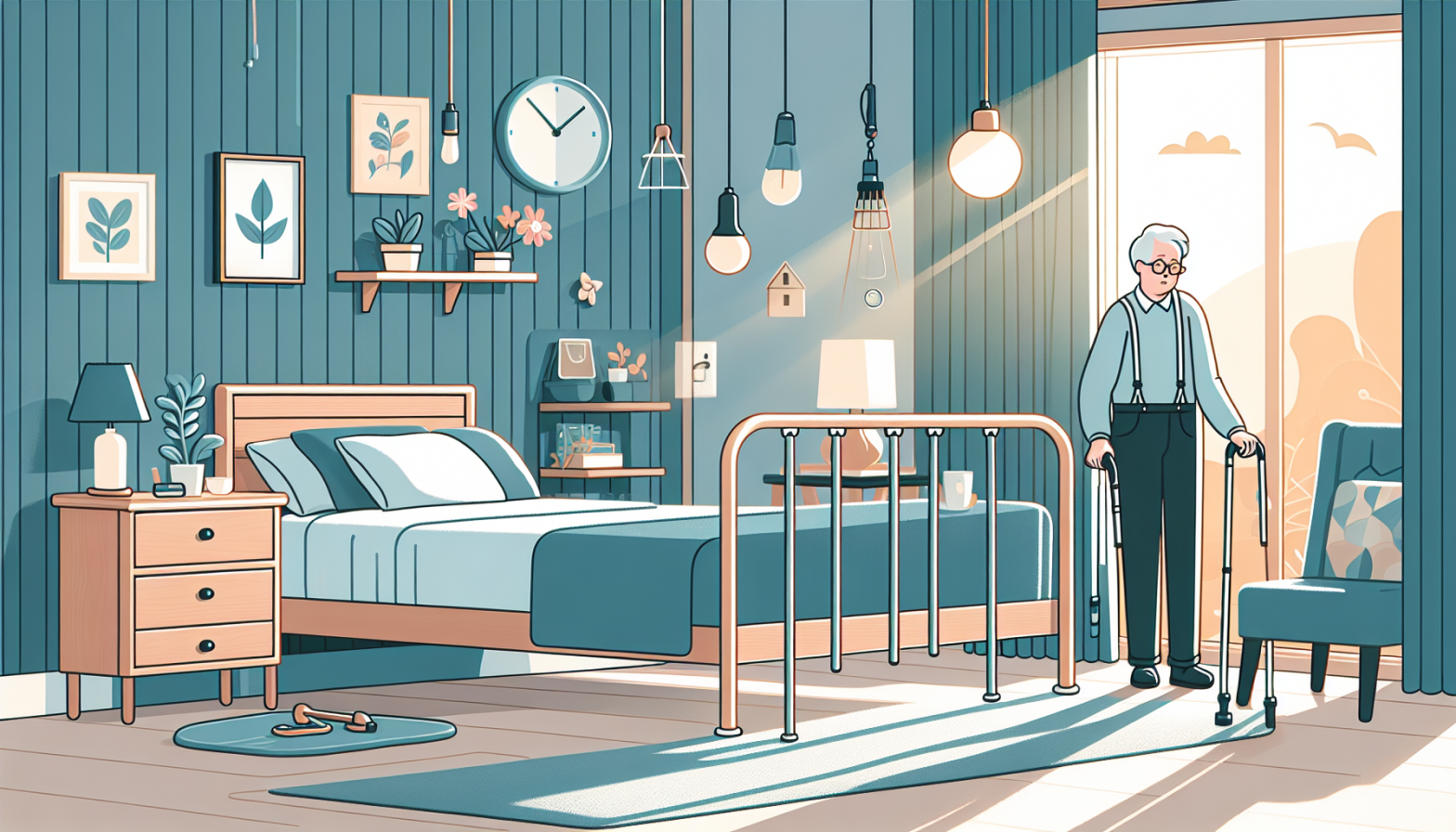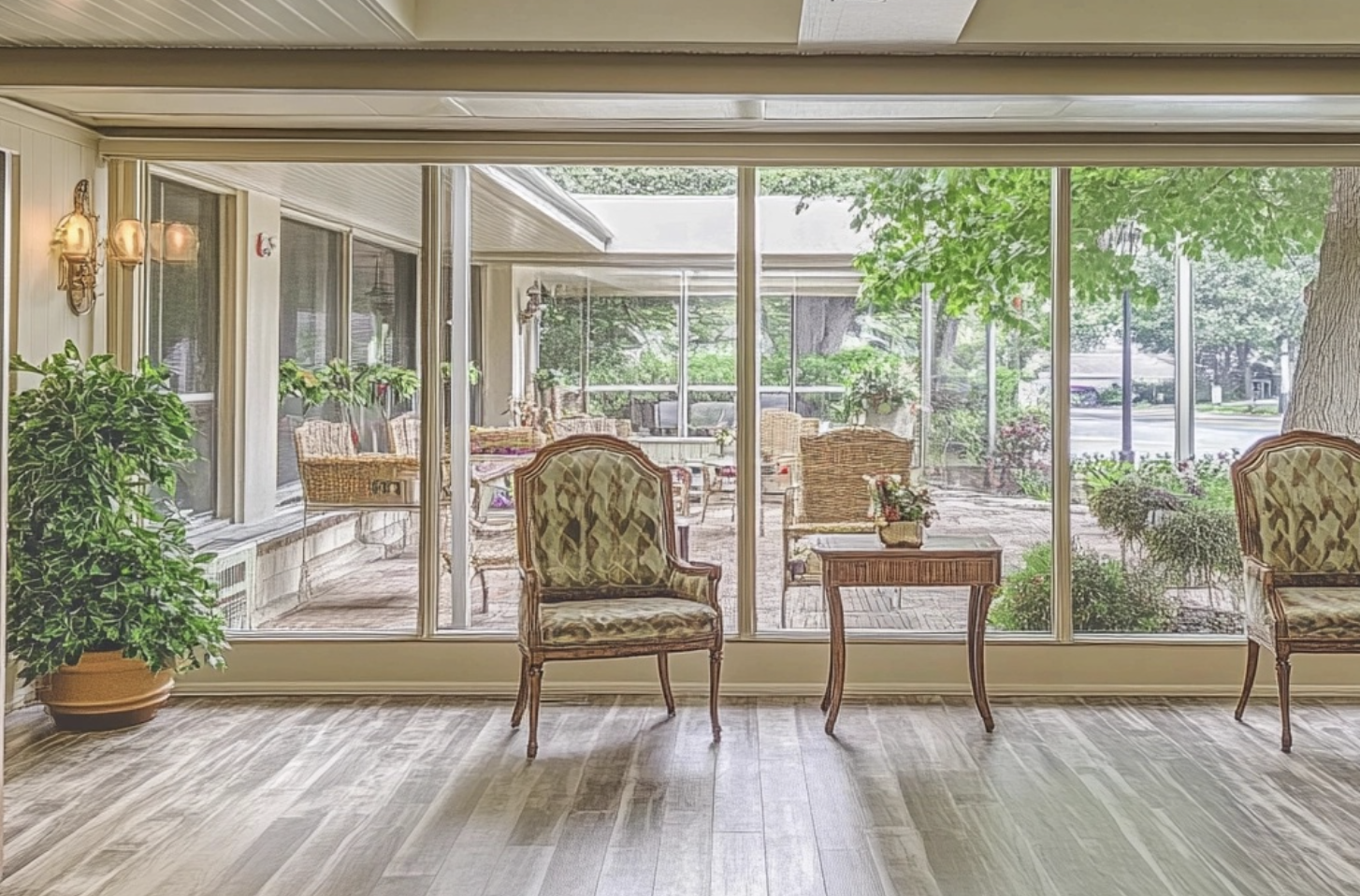Selecting the right bed rails for seniors is a decision that plays a critical role in ensuring their safety and comfort. As family members or caregivers, ensuring the elderly in your care are protected from falls during the night is paramount. Thankfully, advancements in home safety equipment have led to a variety of bed rails for elderly individuals, designed to meet different needs and preferences. The importance of choosing the correct bedrail for seniors cannot be overstated, as it not only provides security but also supports their independence in daily activities. With an array of options available, including bed side rails for elderly, bed rails for adults, and specialized bed assist rails for seniors, the task of finding the perfect fit can be daunting.
This article aims to guide you through the selection process by exploring the types of bed rails for seniors, highlighting the top choices for different requirements, and outlining the key features to consider before making a purchase. From assessing whether bed rails are safe for elderly individuals to understanding the nuances between a bedrail for adults and one specifically designed for seniors, this comprehensive overview will serve as a valuable resource. Additionally, tips on locating bed rails for seniors near by, and insights into the latest advancements in bed railing for elderly care will be provided, ensuring you make a well-informed decision that enhances the safety and wellbeing of your loved ones.
Types of Bed Rails for Seniors
When selecting bed rails for seniors, various types cater to different needs, ensuring safety and accessibility.
Traditional Bed Rails
Traditional bed rails provide a sturdy barrier along the side of the bed. They often feature multiple horizontal crossbars for additional support, helping with repositioning and transferring in and out of bed. These rails typically attach directly to the bed frame with bolts and can be half-length, full-length, single-sided, or double-sided, depending on the user’s requirements.
Bed Assist Rails
Bed assist rails are designed to aid seniors in safely entering and exiting their beds. These rails transfer weight down to the floor, providing stability when a user exerts pressure on the rail. Often equipped with a board, rail, or strap that slips between the mattress and box spring, they stabilize the rail and keep it in place. Their installation is generally straightforward, and they do not bolt to the bed frame, allowing easy under-bed access.
Hand-held Bed Rails
Hand-held bed rails are characterized by a lower profile and narrow design, taking up minimal space. These rails are usually mounted at a single fixed point on the bed, facilitating leverage for getting in and out of bed. They are particularly suited for those who require minimal assistance and not high weight-bearing stability.
Bed Steps with Rails
For seniors who find a high bed challenging, bed steps with rails offer a safe solution for transferring in and out of bed. These steps do not mount to the bed but often come with straps to secure them in position. Available in various step widths, heights, and weight capacities, they are designed to best fit the bed and the user, providing an added layer of safety.
Top Bed Rails for Different Needs
Bed rails serve various purposes, tailored to specific needs, enhancing safety and comfort for different users.
Bed Rails for Fall Risk Patients
For patients at risk of falling, bed rails provide a crucial safety barrier. These rails are designed to offer stability and prevent falls, especially in environments like hospitals or home care settings. They are robust and can be adjusted to fit the bed securely, ensuring the patient’s safety.
Bed Rails for Patients with Pressure Ulcers
Individuals prone to pressure ulcers require bed rails that facilitate movement and position changes. Rails with easy-to-operate mechanisms allow patients to adjust their position independently, which is essential for preventing skin and tissue injuries.
Bed Rails for Post-Surgery Recovery
Post-surgery patients benefit from bed rails that offer flexibility and ease of use. Features like pivoting and swinging away from the bed facilitate safe and easy bed entry and exit, crucial for recovery without straining the surgical site.
Portable Bed Rails for Visiting Relatives
Portable bed rails are an excellent solution for ensuring safety when away from home. These rails are easy to install and remove, making them ideal for temporary setups during visits to relatives or while traveling, providing peace of mind by preventing falls.
Features to Consider Before Purchasing Bed Rails
When selecting bed rails for seniors, several key features must be taken into account to ensure safety, comfort, and compatibility. Here are crucial aspects to consider:
- Weight Capacity: It’s essential to choose a bed rail that can support the user’s weight. This ensures stability and prevents accidents.
- Type of Bed: Bed rails must be compatible with the bed type, whether it’s a standard, hospital, or adjustable bed. Verify the bed’s dimensions and style to avoid installation issues.
- Adjustability: Opt for bed rails that offer height and length adjustability to accommodate various bed sizes and user needs. This flexibility can significantly enhance comfort and accessibility.
- Length: Consider the rail length based on the user’s mobility. Full-length rails are ideal for those with limited mobility, while half-length rails might suffice for more independent users.
These factors are critical in choosing the right bed rails, promoting safety, and maintaining independence for seniors.
Conclusion
Through this exploration, we’ve navigated the crucial considerations and options for selecting bed rails for seniors, affirming the significant role these aids play in ensuring safety and promoting independence. By synthesizing the vital aspects—from the types of bed rails suited to varying needs, to the key features one should not overlook before making a purchase—we’ve created a comprehensive guide aimed at facilitating informed decisions. It’s clear that whether for fall prevention, aiding those with mobility challenges, or ensuring comfort during recovery, the right bed rail can make a significant difference in a senior’s quality of life.
In recognizing the diversity of needs and preferences amongst the elderly population, it is imperative to approach the selection of bed rails with a personalized lens, taking into account individual circumstances and requirements. The impact of making an informed choice not only enhances the safety and wellbeing of seniors but also supports their dignity and autonomy. As we advance, let this guide serve as a foundational resource for those committed to providing the best care and support for the elderly, propelling further discussions and innovations in senior home safety solutions.
FAQs
1. What are the best-rated bed rails for seniors that provide excellent support and stability? For seniors seeking optimal support and stability, consider the following highly-rated bed rails:
- Tool Free Adjustable Length Home Style Bed Rail System: Best overall for ease of use and versatility.
- LumaRail Bed Assist Rail by Platinum Health: Top choice for bed assist rails.
- Step 2 Bed Bedroom Step and Handrail: Ideal for those needing a bed step with a rail.
- Reduced Gap Full-Length Bed Rails: Recommended for seniors at risk of falling.
2. Does Medicare provide coverage for bed rails for elderly individuals? Unfortunately, Medicare does not cover the costs of detachable bed rails for conventional beds. However, it may cover a hospital bed that comes with attachable and adjustable side rails for eligible recipients.
3. What types of bed rails are available for elderly users? There are primarily two types of bed rails for seniors:
- Adjustable Bed Rails: These can be modified to fit various bed sizes and personal needs.
- Hospital Bed Rails: Typically found in medical settings, these are designed for maximum safety and are often part of a hospital bed setup.
4. Are there any alternatives to bed rails for seniors? Yes, if bed rails are not suitable, consider these alternatives:
- Roll Guards and Foam Bumpers: These help prevent rolling off the bed.
- Lower the Bed: Adjusting the bed close to the floor can reduce fall impact.
- Concave Mattresses: These mattresses prevent rolling out of bed.
- Bed Trapeze: Assists with repositioning and entering or exiting the bed.












